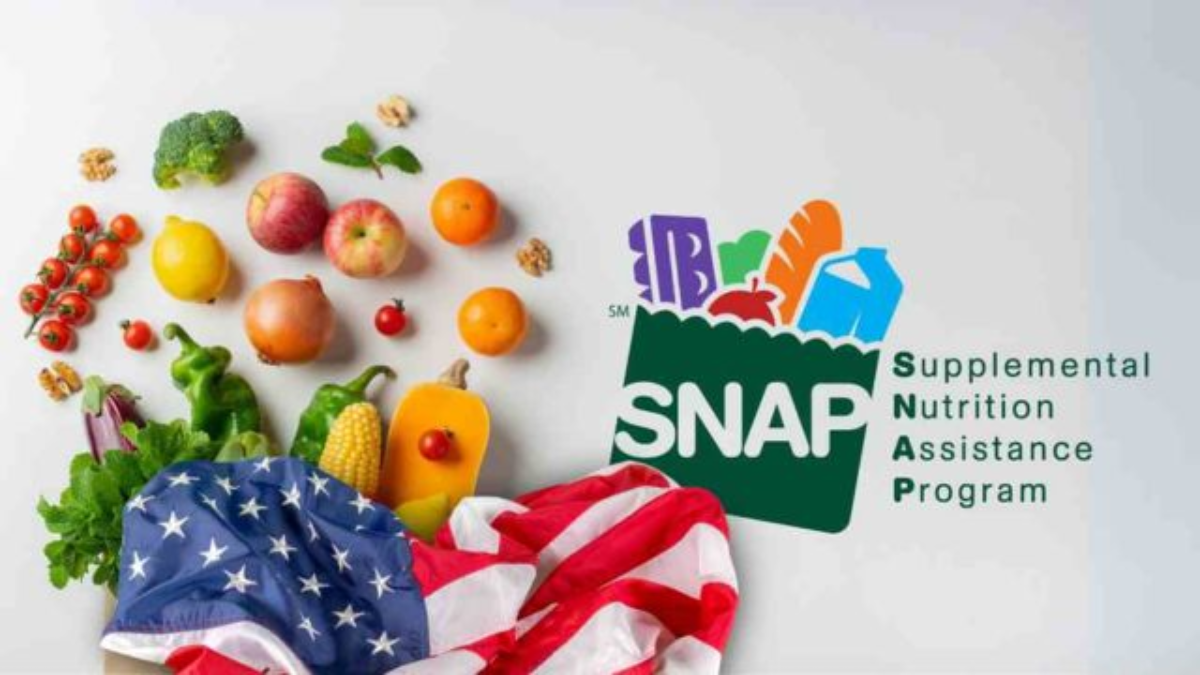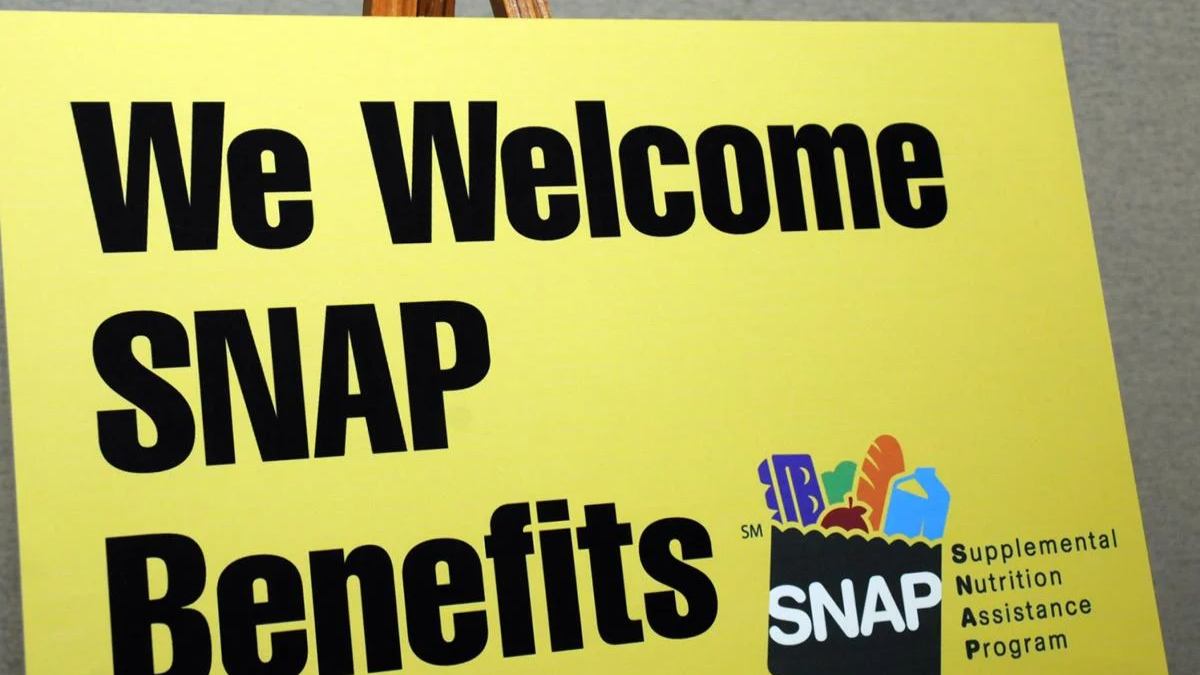Millions of Americans relying on food assistance through the Supplemental Nutrition Assistance Program (SNAP) will face new eligibility restrictions starting April 24, as part of a policy rooted in an executive order signed during the Trump administration.
The new rules aim to tighten work requirements for certain adult recipients, reigniting a national debate over welfare access, economic hardship, and administrative oversight.
What’s Changing in SNAP Rules
The new SNAP restrictions will primarily affect able-bodied adults without dependents (ABAWDs) between the ages of 18 and 52. Under the updated guidelines, these individuals must now prove they are working or participating in a qualifying job training program at least 20 hours per week to remain eligible for benefits.
The prior rule allowed more flexibility, particularly during times of economic distress or in regions with high unemployment. However, the U.S. Department of Agriculture (USDA) says the new policy will reduce fraud, promote self-sufficiency, and reduce long-term reliance on government programs.
“This rule restores the original intent of SNAP as a temporary support for those in need,” a USDA spokesperson said in a recent press release. “We are committed to helping able-bodied individuals find meaningful work and become more financially independent.”
Policy Origin and Timeline
The foundation for these changes stems from an executive order signed by former President Donald Trump in 2018, which directed federal agencies to review and strengthen work requirements across multiple safety net programs.
Though implementation was delayed due to legal battles and the COVID-19 pandemic, the final rule was upheld in court and scheduled for enforcement beginning April 24, 2025.
The current administration, under President Joe Biden, chose not to reverse the Trump-era order, citing a desire to maintain stability in long-term federal program reform. Some Democratic lawmakers, however, have criticized the move, arguing it disproportionately affects low-income adults struggling to reenter the workforce post-pandemic.

Who Will Be Affected
According to estimates by the USDA, more than 700,000 individuals could see their SNAP benefits reduced or eliminated altogether under the new requirements. While exemptions will still apply for people with disabilities, caretakers, and those under 18 or over 52, the impact on working-age adults without dependents is expected to be significant.
Several advocacy groups, including Feeding America and the Center on Budget and Policy Priorities, have warned that the rule change could deepen food insecurity in vulnerable communities. “Punishing people for not finding work—especially in areas where job opportunities remain limited—will not solve poverty,” said Ellen Vollinger, legal director at the Food Research & Action Center.
State-Level Responses
States have limited authority to request waivers for the work requirement, particularly in counties or regions where the unemployment rate exceeds 10% or where labor markets are especially weak. However, the process for obtaining these waivers has become more stringent under the new rule.
Several states, including California, New York, and Illinois, have already begun efforts to connect SNAP recipients with job training and placement services, aiming to help residents meet the new requirements rather than lose their benefits.
In rural and economically distressed areas, however, the task is more daunting. “In many counties, the issue isn’t that people don’t want to work — it’s that there simply aren’t enough available jobs,” said Nancy Rodriguez, director of a community action agency in West Virginia.
Mixed Public Opinion
Public reaction to the policy shift is divided. A Pew Research Center survey from late 2024 showed that 52% of Americans support work requirements for SNAP eligibility, while 40% oppose them. Supporters argue that the policy will encourage accountability and help reduce government spending, while opponents point out that such restrictions often fall hardest on individuals already facing systemic barriers to employment.
“I think if someone is healthy and capable, they should try to contribute,” said Mark Davis, a grocery store manager in Florida. “But I also know a lot of folks who work part-time and still need help putting food on the table. It’s not black and white.”
Legal and Political Fallout
Legal challenges may still arise from civil rights groups or state attorneys general, especially if implementation leads to mass disenrollments. Some lawmakers are calling for legislative action to override or amend the policy through the Farm Bill, which is up for reauthorization later this year.
Senator Cory Booker (D-NJ), a vocal critic of the rule, stated, “This is a step backward in the fight against hunger. We should be investing in opportunity, not punishing poverty.”
Conclusion
As the April 24 implementation date approaches, tens of thousands of SNAP recipients are scrambling to understand the new rules and what they must do to comply. While federal and state agencies have begun outreach efforts, confusion remains widespread — and the long-term effects on food security, labor participation, and public health are yet to be seen.
For more information on eligibility and work requirements, visit the official SNAP ABAWD Requirements Page.
Disclaimer – Our team has carefully fact-checked this article to make sure it’s accurate and free from any misinformation. We’re dedicated to keeping our content honest and reliable for our readers.
